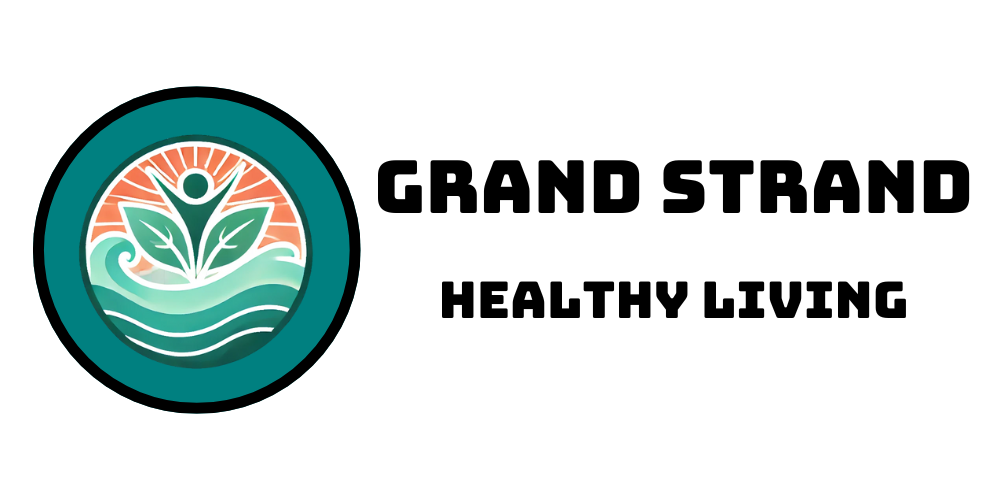
Unveiling the Hidden Hazards of Food Dyes
Many people at the Grand Strand may already be conscious of their diet, but a recent study reminds us that even the most unsuspecting foods can contain synthetic dyes that pose health risks. Beyond the notorious brightly colored candies and snack foods, these artificial additives are present in everyday items such as hot dog buns, blueberry bagels, and even certain beverages. A staggering 20% of foods sold in the U.S. have been found to contain these dyes, emphasizing a need for awareness among consumers.
The Health Risks: What You Should Know
While the regulatory bodies, including the FDA, classify many synthetic dyes as safe under certain conditions, emerging studies indicate potential concerns about health risks associated with these colorings. Studies suggest links between synthetic dyes and negative health outcomes, including DNA damage, hyperactivity, and even cancer in animal models. However, definitive studies examining the human impacts are still lacking. This creates a gray area for consumers who are left to navigate the landscape of food safety without comprehensive guidance.
Regulatory Changes on the Horizon
In response to increasing scrutiny regarding synthetic dyes, U.S. health authorities are preparing to phase out petroleum-based dyes by 2026, signaling a significant shift toward natural alternatives. This move aligns with growing public demand for transparency in food labeling and safety, indicating a cultural change that may lead to healthier food options in the future. Already, states like California are taking the lead on this issue, implementing bans on specific harmful additives in foods sold in schools and the broader market.
Why Knowing This Matters for Our Community
For residents of Myrtle Beach, North Myrtle Beach, and surrounding areas, understanding the potential dangers of synthetic dyes can inform healthier food choices. Many families and health-conscious individuals are inclined toward nutrition and wellness, making this knowledge vital for advocating for better food standards. Educating oneself and others about may encourage community-wide conversations about food safety and nutrition.
What Can You Do?
Stay proactive about protecting your health by checking food labels diligently. While enjoying meals in charming locales like Pawleys Island or Murrells Inlet, seek out products that boast natural colorings. Your choices not only affect your own health but also contribute to a growing demand for cleaner food options. Engage with local restaurants and food vendors about their sourcing practices, you might just inspire them to follow suit.
Final Thoughts on Food Safety
As the evidence mounts on the health implications of synthetic food dyes, it's imperative for consumers to stay informed. Legislative changes aimed at phasing out these additives are steps in the right direction, but consumer vigilance can further drive the momentum toward healthier foods. Together, we can advocate for food transparency and safety in our community.
 Add Row
Add Row  Add
Add 





 Add Row
Add Row  Add
Add 
Write A Comment